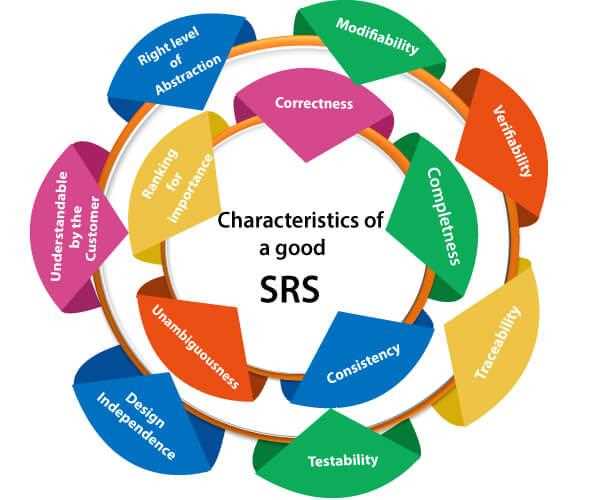Software Requirements Specification (SRS) is a document that outlines the functional and non-functional requirements of a
software system. It describes what the software is supposed to do, how it will perform its functions, and what constraints and limitations it must adhere to. The SRS is a critical document in the software development process, as it serves as the basis for the design, development, and testing of the software.
The SRS typically contains several sections that provide detailed information about the software system. The first section of the SRS is the introduction, which provides an overview of the software system and its purpose. It also includes information about the stakeholders and users of the system, as well as any relevant background information.
The next section of the SRS is the
functional requirements section. This section provides a detailed description of what the software system is supposed to do, in terms of its functions and features. It outlines the system's inputs and outputs, as well as its processing and storage requirements. The functional requirements section also includes any constraints or limitations that must be considered when designing and developing the system.

The non-functional requirements section of the SRS describes the system's performance, reliability, and other quality attributes. This section outlines any performance requirements, such as response time or throughput, as well as any reliability requirements, such as availability or fault tolerance. It also includes information about the system's security, usability, and other non-functional requirements.
The design constraints section of the SRS describes any technical or design constraints that must be considered when designing and developing the system. This may include hardware or software constraints, as well as any regulatory or legal constraints that must be adhered to.
Also Read: What is A/B testing on a Website?
The final section of the SRS is the appendices, which contain any additional information or supporting documentation that may be relevant to the software system. This may include user manuals, design diagrams, or other technical documentation.
Overall, the Software Requirements Specification is a critical document in the software development process. It serves as the basis for the design, development, and testing of the software system, and helps to ensure that the system meets the needs and requirements of its users and stakeholders. The SRS provides a clear and concise description of the system's functionality, performance, and design constraints, and serves as a valuable reference for developers, testers, and other stakeholders throughout the development process.
